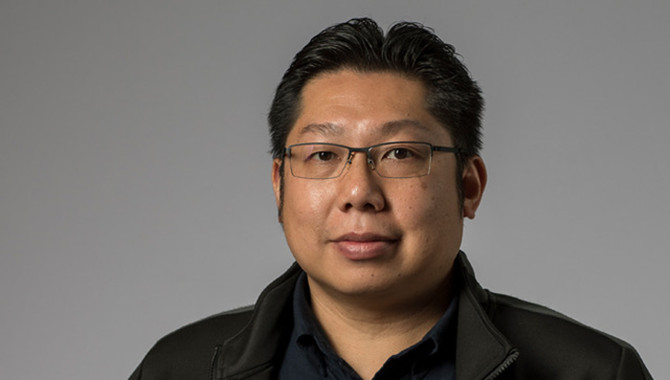
With operations in Finland, Denmark, China, the United States of America and most recently Edinburgh, UK, Danfoss Editron has assembled an award-winning team to work on the technologies that will enable the world of tomorrow to do more with less. Recently Xinde Marine News makes an interview to Barry Yung, Sales Director, Asia at Danfoss Editron. He talks about shipping's future green trends, how can shipping industry achieve sustainable development and their Asia market plan. He expresses the view that Chinese shipyards are following the hybridization trend and he backs up fuel cell hydrogen technologies the current shipping decarbonization.
Xinde Marine News: Could you make a brief introduction to Danfoss Editron?
Barry Yung:Danfoss Editron designs, develops and manufactures hybrid and electric powertrain systems for the marine, off-highway and on-highway markets. Our EDITRON system has been designed from the ground up to ensure maximum efficiencies at real-world load speeds. We focus on a software-based approach that allows for more intelligent management of power distribution, delivering superior performance for heavy-duty applications in even the most demanding situations. Our fully-electric and hybrid systems lower fuel and energy consumption, reduce carbon dioxide and small particle emissions and can be easily integrated into various types of vehicles, vessels and machines.
Xinde Marine News: How do your industry solutions/products help shipping industry achieve sustainable development?
Barry Yung: Hybrid and electric systems are generally large and heavy, making it difficult for manufacturers to justify the transition to electrification solutions. However, our EDITRON system is one of the most lightweight and compact on the market, making it highly tolerant to shock and vibrations, and therefore a game-changing technology. DC-grid technology is a perfect fit for marine propulsion systems and more suitable than the traditional AC equivalent. It enables efficient energy utilization while avoiding the complicated challenges associated with multi-generators synchronization. Efficiency gains are particularly important in shipping, as world transportation costs rely on highly efficient fuel consumption rates and very low downtime.
Xinde Marine News: Do you help your clients achieve any shipping regulatory compliance? And how?
Barry Yung: While it is clear that hybrid and fully-electric systems drastically reduce marine emissions, the IMO has not yet enforced the necessary regulations to enable the widespread adoption of low-carbon technologies. On land, the automotive industry and associated regulatory bodies have already established clear rules regarding energy efficiency, such as the United States' Fuel Economy Standards. Currently, the IMO monitors harmful emission exhausts, but it is still unclear whether or not widespread adoption of hybrid solutions can drastically impact the IMO's targets. However, one specific area where we can already witness change is the offshore wind industry, where hybrid crew transfer vessels (CTVs) and service operation vessels are becoming the norm. We are becoming increasingly active in this area and have worked with Volvo Penta on several projects.
Xinde Marine News: What do you think of the shipping's future green trends? What do you back up as marine fuels such as LNG, hydrogen, or other bio-fuels in the current hot discussion of shipping decarbonization?
Barry Yung: Hybrid CTVs, workboats and fully-electric ferries have already demonstrated that they can deliver the same performance as diesel-powered equivalents, with added benefits in terms of efficiency and emissions savings. I will be very interested in seeing how fuel cell hydrogen technologies develop, especially in long-range marine transportation applications where the initial expensive investment can be paid off more quickly. Hydrogen is likely to be the next alternative energy to see carbon emission limitations being enforced in the near future. In my opinion, LNG and biofuels are temporary transition solutions that will eventually be replaced by hydrogen.
Xinde Marine News: How's your clients distribution? What type of ship is most common in your clients? And how about Asia market especially China?
Barry Yung: Our colleagues in China have recently launched two of the most advanced fuel cells-embedded hybrid CTVs in the UK, which shows that Chinese shipyards are following the hybridization trend. Manufacturers across the Asia-Pacific region are traditionally more cost-effective, we expect to see a growing interest from western markets. PTO/PTI is the most common application and ranges from pilot boats to hospital vessels. We've also noticed an interesting situation regarding offshore wind farms in Taiwan, where western operators Ørsted and CWind are planning to introduce hybrid CTVs to their operations. The three biggest offshore wind farm projects are all happening in the Asia-Pacific region, in Taiwan, Japan and Vietnam respectively. If Asian shipyards learn how to build hybrid-electric vessels, we can expect an exponential demand that will benefit local businesses.
Xinde Marine News: Do you have any plans towards Asia market especially China? And is there anything else you'd like to say?
Barry Yung: China is our biggest market and will continue to be long-term. However, we also see great business opportunities in Japan, South Korea, Singapore and Thailand, as all these countries are planning to electrify their fleets shortly. Yet, these are complex markets to enter, so localization is our priority to help further develop our presence in the Asia-Pacific market. By providing training and engineering resources from Europe and enhancing our local service abilities, we'll be able to offer better solutions at a more competitive price to our Asia-Pacific customers.
The opinions expressed herein are the author's and not necessarily those of The Xinde Marine News.
Please Contact Us at:
media@xindemarine.com


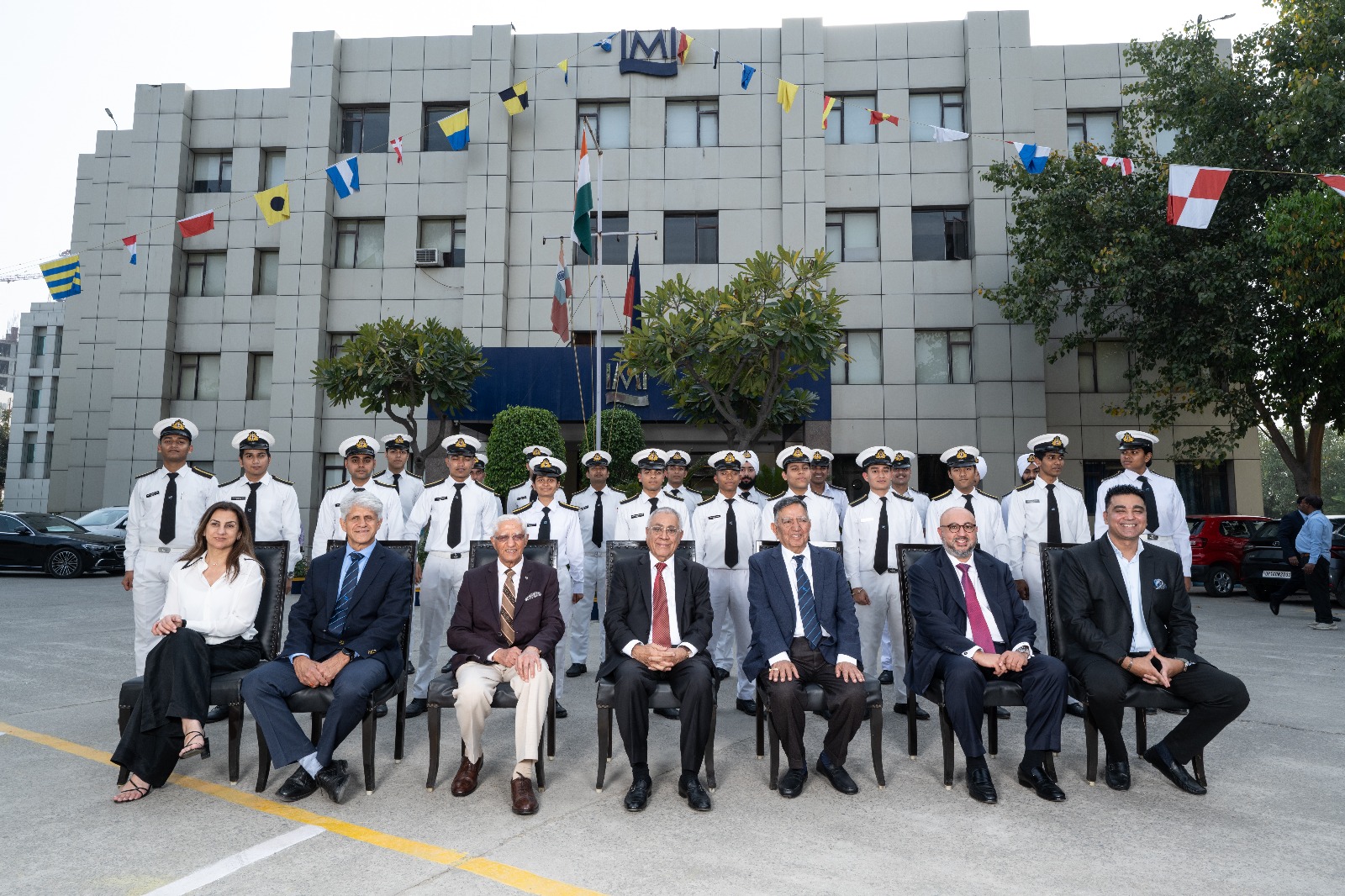 Dr. Harry S. Banga and Mr. Angad Banga of The Carav
Dr. Harry S. Banga and Mr. Angad Banga of The Carav 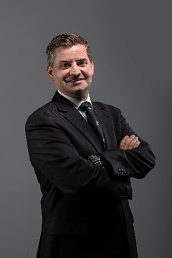 Liberian Registry Welcomes Kyle Hurst as Senior Vic
Liberian Registry Welcomes Kyle Hurst as Senior Vic  KATALIST: Accelerating Green Shipping through Innov
KATALIST: Accelerating Green Shipping through Innov  Revealing the risks: digital solutions for complian
Revealing the risks: digital solutions for complian 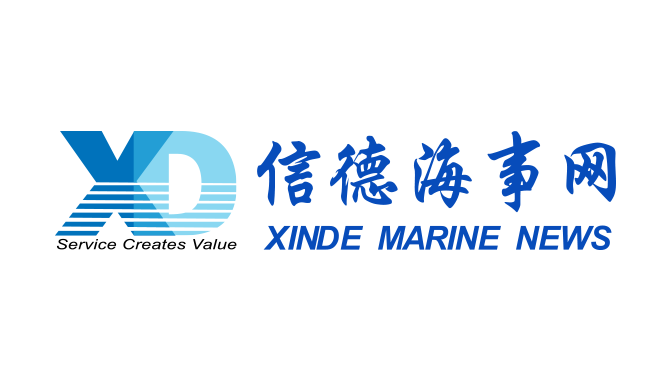 Beibu Gulf Port Chairman Zhou Shaobo Passes Away at
Beibu Gulf Port Chairman Zhou Shaobo Passes Away at 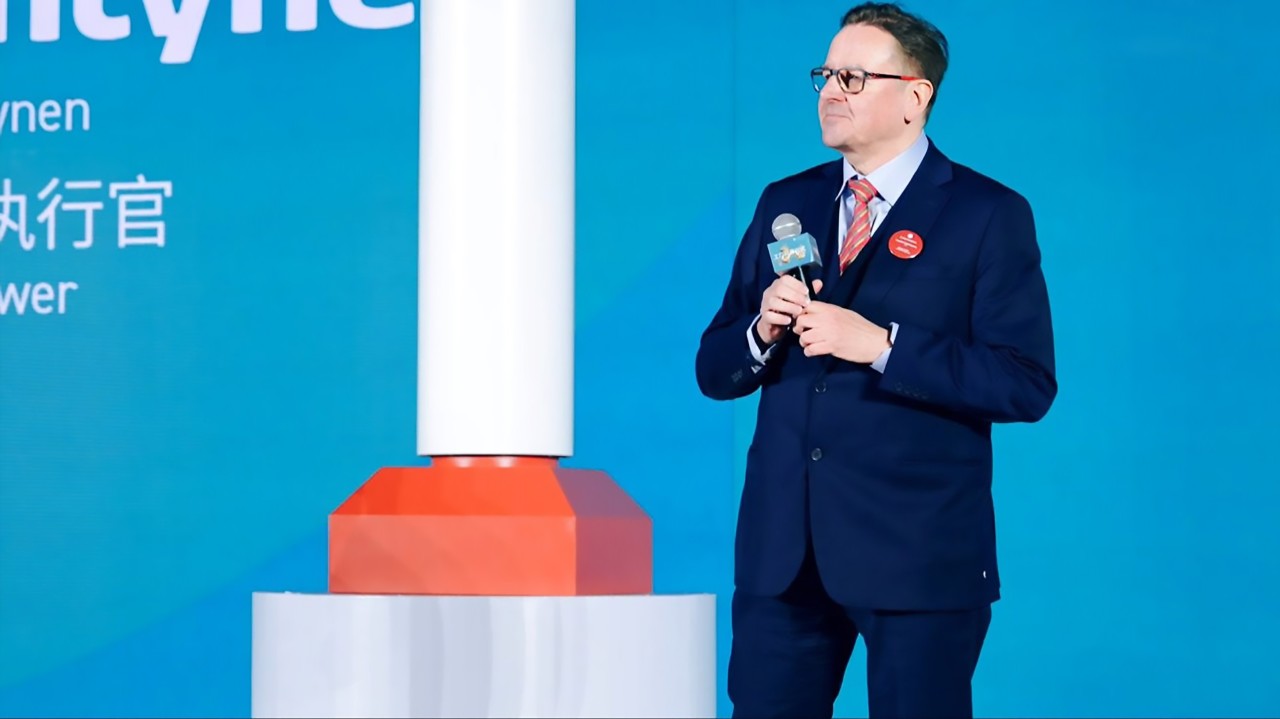 Exclusive Interview with Norsepower CEO: Bringing S
Exclusive Interview with Norsepower CEO: Bringing S